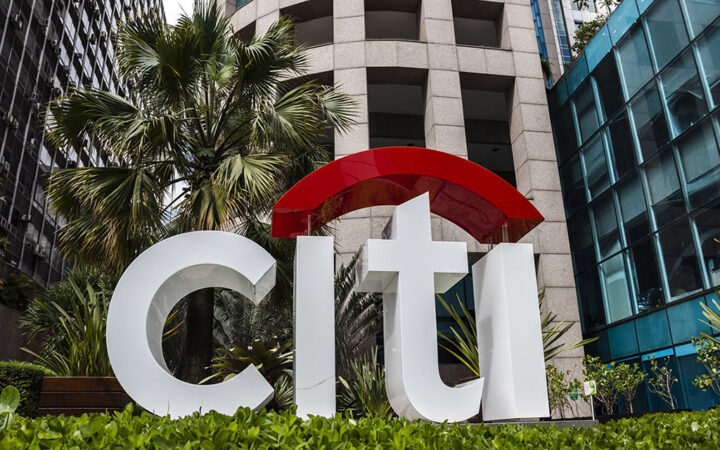
Oluwapelumi is a believer in the transformative power Bitcoin and Blockchain industry holds. He is interested in sharing knowledge and ideas. When he is not writing, he is looking to meet new people and trying out new things.
The QKD technology discovery offers a means to secure the fundamental promise of blockchain technology, reinvigorating the appeal of the very fast-paced sector.

JPMorgan has pioneered a quantum protection mechanism meant to safeguard blockchain networks against quantum attacks, according to a February 17 announcement. The Quantum Key Distribution (QKD) test deployment was developed through a collaborative effort between JPMorgan, Toshiba, and Ciena.
According to available information, the foremost bank announced that QKD is the only mechanism that has been numerally proven to be an effective defense against quantum computing attacks.
It continued that a combination of cryptography and quantum mechanics was the principle behind the workings of the QKD. It would enable two parties to share data safely while protecting them against third-party invasion.
“Security is vital to JPMorgan Chase,” said Marco Pistoia, esteemed engineer, and executive at Flare Research group, JPMorgan Chase. The QKD security discovery happens at a strategic time when the world anticipates the advent of quantum computers that are production-standard and therefore capable of changing the security environment of technologies such as blockchain and crypto.
JPMorgan promotes that QKD technology qualifies as a full security measure against blockchain hacking and a formidable opponent for quantum computers. The QKD technology is a multiplex innovation system developed by Toshiba Europe at their Cambridge-based facility in the UK.
This was in partnership with Ciena’s Waveserver 5 platform with 800 Gigabytes optical-layer encryption alongside open APIs based on a 6500 photonic solution run by Ciena.
Per the reports, the main motivation for this research was for it to be applied in the modern world to see how it would deliver significant transformations. One such application can support data rates of up to 800 Gbps for mission-specific applications under normal settings.
Available reports also show that researchers explored how environmental factors could affect quantum channel quality, using a QKD-protected optical channel in launching and securing JPMorgan’s production-level P2P blockchain ecosystem Liink.
The QKD technology discovery offers a means to secure the fundamental promise of blockchain technology, reinvigorating the appeal of the very fast-paced sector.
In recent times, JPMorgan has stepped up its rate of blockchain-related projects. Just recently, the leading bank became the first bank to debut on the metaverse officially. The bank built a lounge on Decentraland where visitors can view a presentation and are greeted with a roaming tiger alongside a portrait of its CEO.
Apart from this, the bank has released several pro-crypto reports and is one of the few traditional financial institutions with a deep interest in the burgeoning blockchain and crypto space.
Disclaimer: Coinspeaker is committed to providing unbiased and transparent reporting. This article aims to deliver accurate and timely information but should not be taken as financial or investment advice. Since market conditions can change rapidly, we encourage you to verify information on your own and consult with a professional before making any decisions based on this content.

Oluwapelumi is a believer in the transformative power Bitcoin and Blockchain industry holds. He is interested in sharing knowledge and ideas. When he is not writing, he is looking to meet new people and trying out new things.




